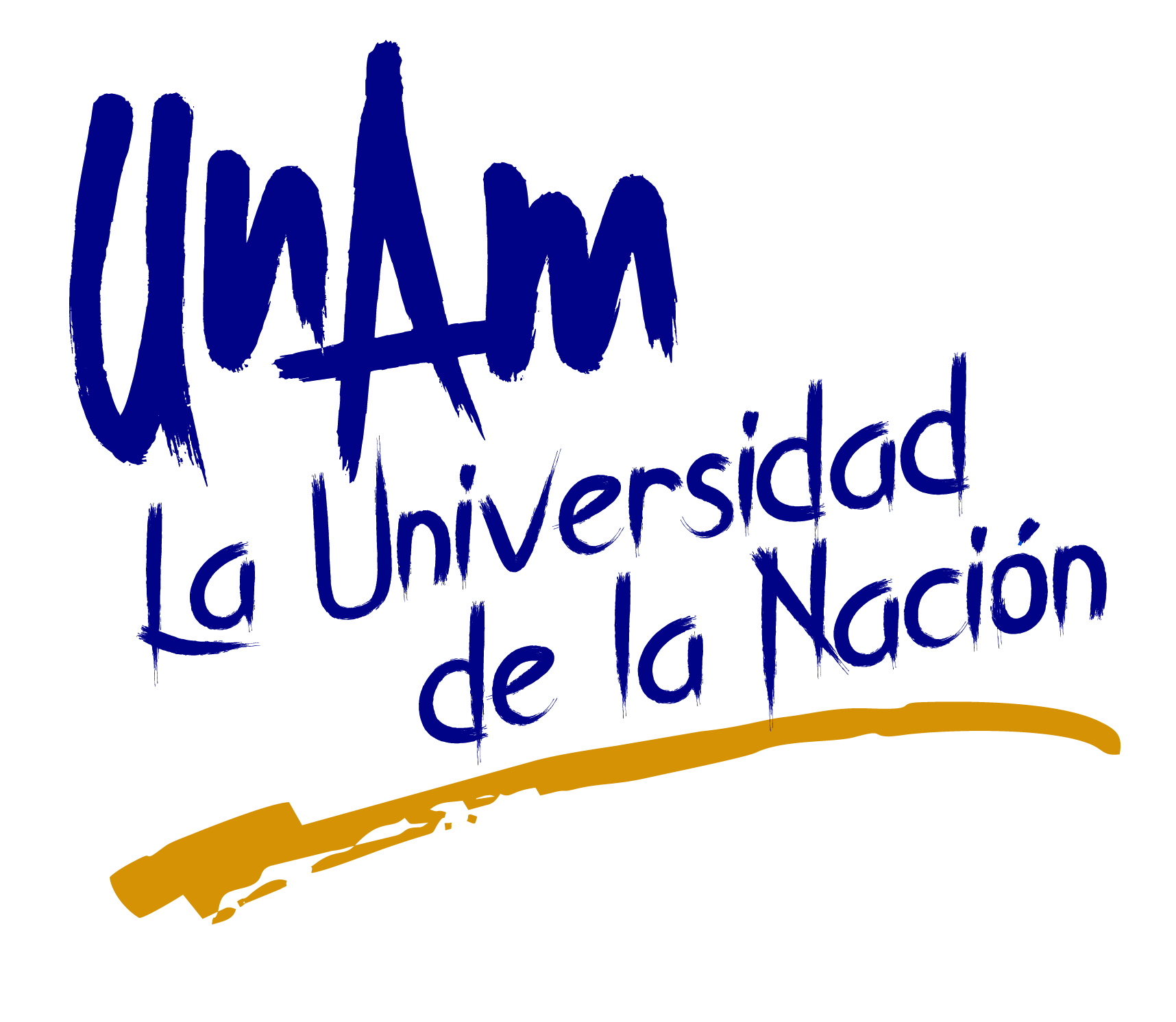Environmental and Symbiotic Microbiology Research Group
Group Responsible: Esperanza Martínez-Romero, Ph.D.
How it emerged
Phaseolus vulgaris (bean)was chosen as the model to study symbiotic nitrogen fixation at CIFN. Being native to Mexico , bean offered a large diversity of bacterial symbionts and for this, biodiversity studies were undertaken to characterize them. Over the years these studies have extended to cover other beneficial bacteria associated with different plants of agronomic or forestry importance.
Future
Future research will be directed to study the diversity of environmental isolates that may be hazardous to humans and the diversity of symbiotic bacteria of arthropods and plants, and to further understand the molecular interactions of prokaryotes with eukaryotes. We look forward to continuing to use legume trees and different native trees in ecological restauration projects. New research projects in the group will combine computational genomic analyses with empirical studies of microbial ecology and evolution.
Related links
- Asociación Mexicana de Microbiología
- Revista Latinoamericana de Microbiología
- International Taxonomy Committee Sc. Rhizobium and Agrobacterium
- Microbios en Linea
- Nota publicada en el Diario de Morelos
| Responsible: | Dra. Esperanza Martínez Romero |
| Academic Technician(s): | Dra. Icela Ivonne Toledo García, Lic. Julio César Martínez Romero, M. en C. Marco Antonio Rogel Hernández |
| : | Dra. Mónica Teresa Rosenblueth Laguette |









